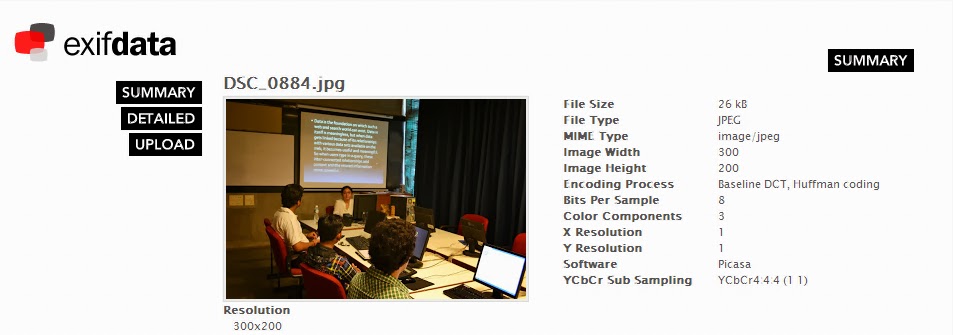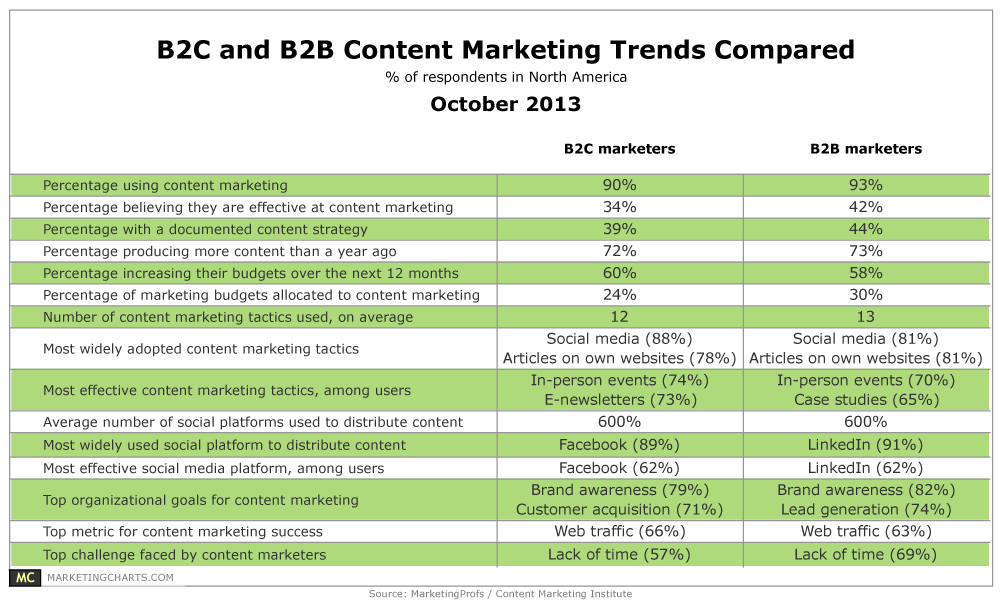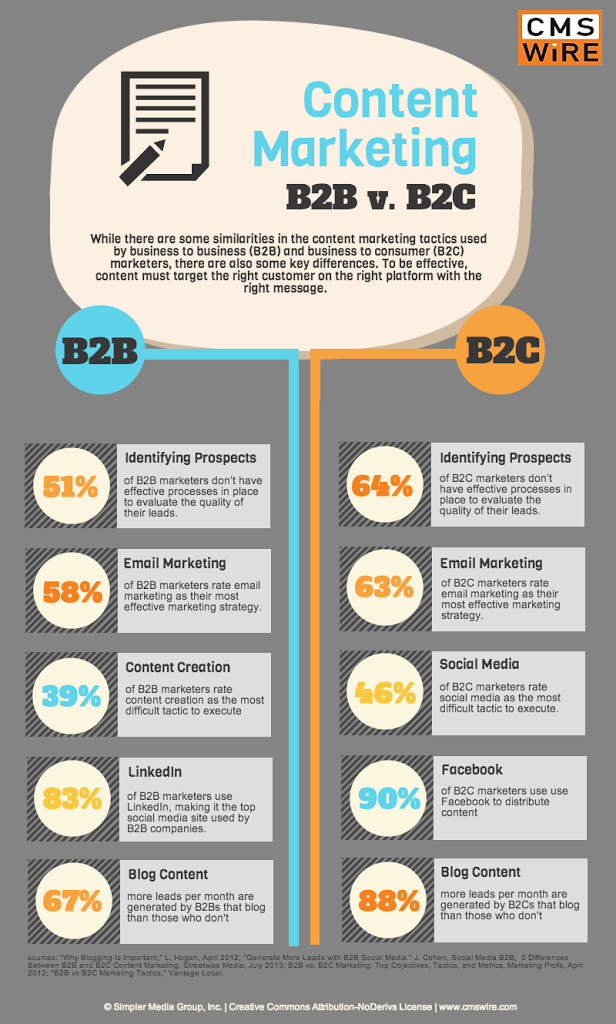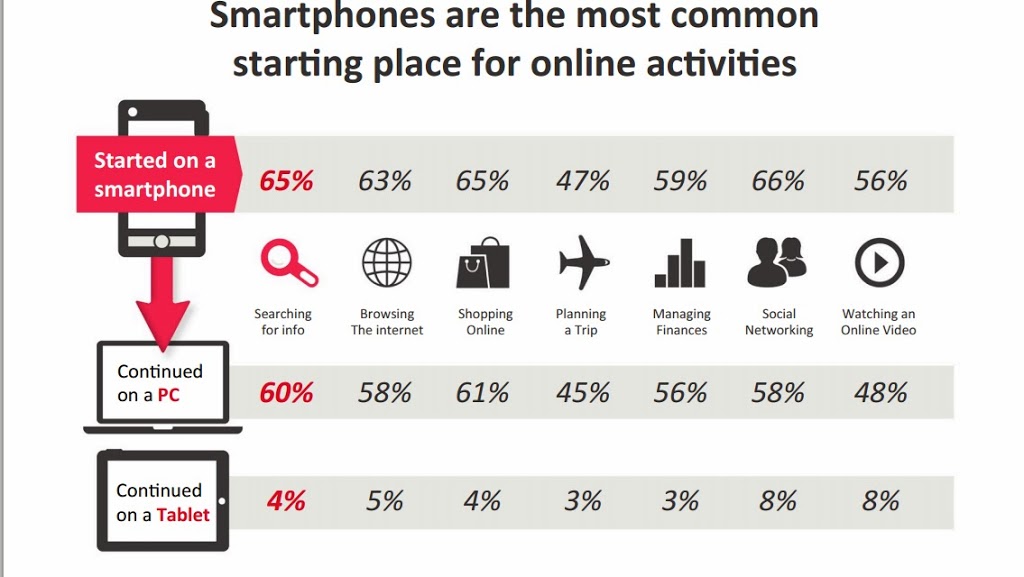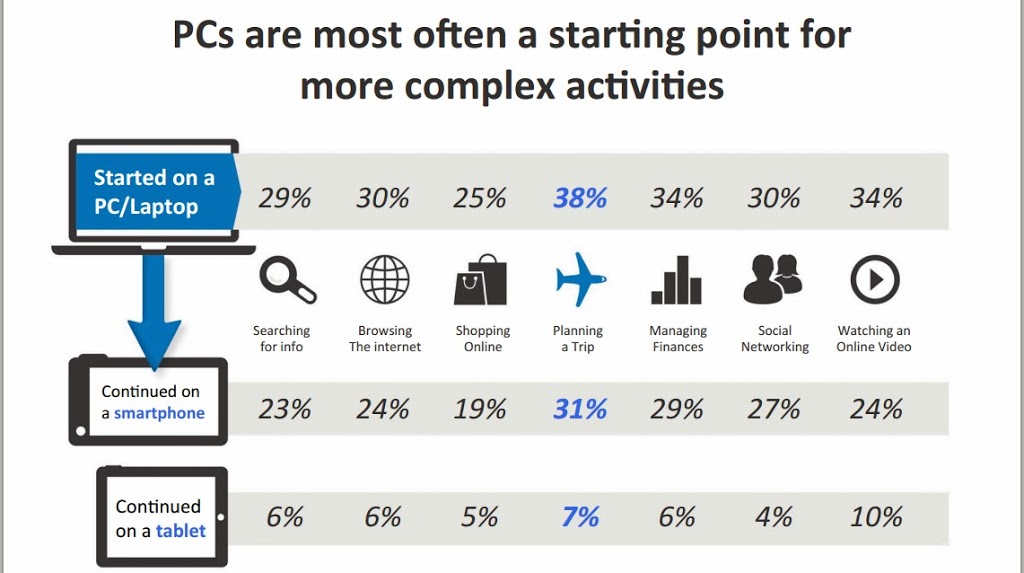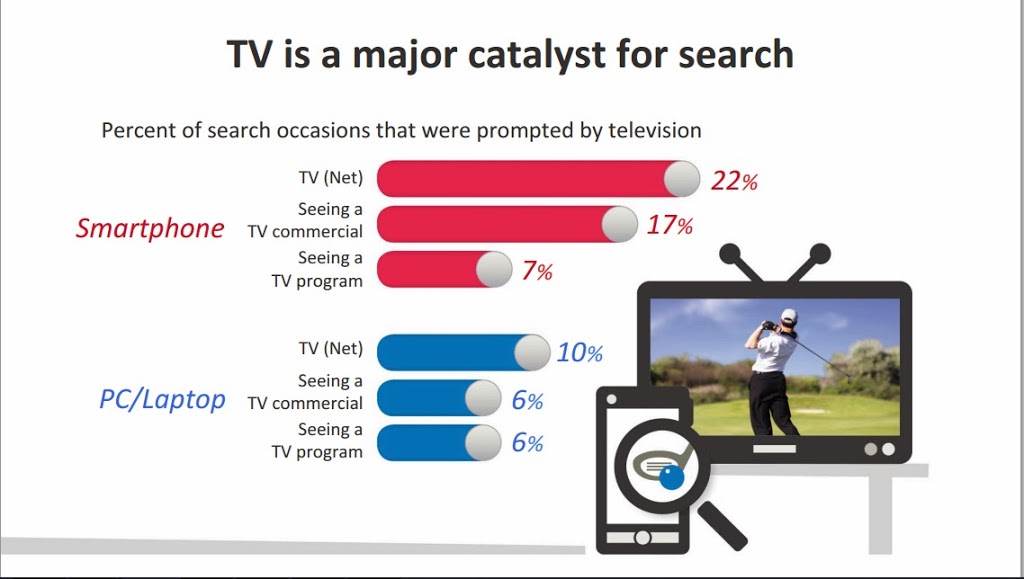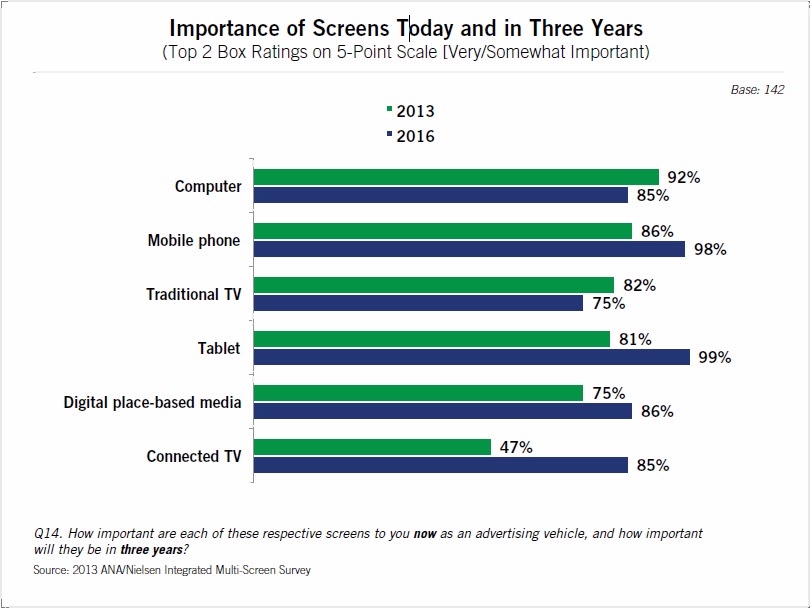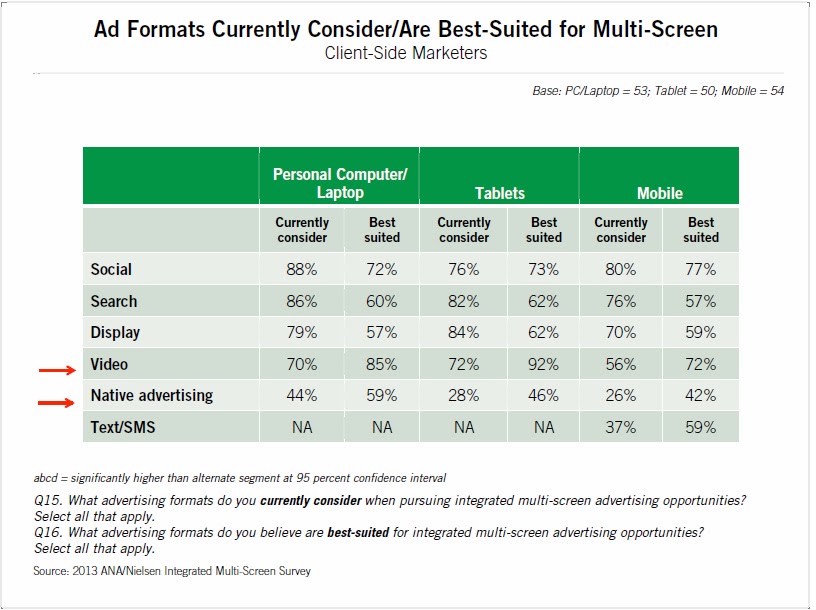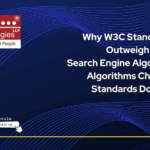EXIF stands for Exchangeable Image File, and the data provided can be stored to JPEG, RAWand TIFF image file formats. The data itself can reveal some pretty interesting stuff about your photos. As well as the exact time and date you clicked the picture (provided your camera time and date was correct, of course), a lot of technical information regarding the photograph is captured as well.
The Exif tag structure is borrowed from TIFF files. For descriptive metadata, there is an overlap between EXIF and IPTC Information Interchange Model info, which also can be embedded in a JPEG file.
The Exif format has standard tags for location information. As of 2014 many cameras and most mobile phones have a built-in GPS receiver that stores the location information in the EXIF header when a picture is taken .
As digital content determines your search and web presence, any data connected with the how, when, where, why of the creation is very important. As this meta data establishes correlations and adds meaning to the content.
EXIF data can offer information which can help search engines establish correlations with the search queries made by the users especially for the queries that require freshness and the file format.
Meta data accessed via EXIF is accurate and genuine hence the search engines may gradually rely more on it and may also start using it as Matt Cutts explains in the video below:
If you want the explore the data on the images then EXIFdata.com is an online applicatation that lets you take a deeper look at your favorite images!
The details I got about an image on exifdata.com are as follows:
